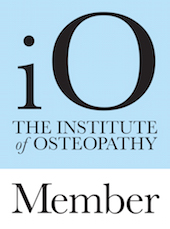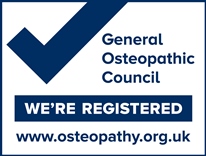
Fibromyalgia Syndrome: A Practitioner’s Guide to Treatment (3rd Ed)
by Leon Chaitow
Churchill Livingstone, Elsevier 2009
An extremely thorough investiagtion into a potentially baffling condition.
As a third year student at Oxford Brookes University on the five year ‘part time’ pathway, I’m beginning to treat patients regularly in clinic and learn about specific pathologies and conditions and their associated treatment modalities. One condition that I have come across a number of times already is Fibromyalgia.
Fibromyalgia or Fibromyalgia Syndrome (FMS) is said to affect up to 2% of the adult population so is something that every healthcare practitioner should be aware of.
Chaitow has done a fantastic job of bringing together a wealth of information about the subject to provide as comprehensive a text as you could imagine regarding this condition. Wonderfully presented and clearly broken into relevant sections, this book deserves to be read by everyone dealing with patients suffering from this condition.
Scope of the book
Quite rightly beginning with the history of fibromyalgia and how perceptions and views have changed since it was first recognised in the late 16th Century as ‘rheumatism’ it looks at the changes that have reflected upon the condition and then comes bang up to date with research published in 2008 demonstrating the latest thinking. This superbly sets up following chapters on recognising and differentiating the condition, essential for any practitioner.
The book really comes into its own from this point onwards as it looks at conditions associated with FMS and also potential treatment modalities.
As the condition is so complex, there are many other related illnesses that will often be seen in clinic from IBS to TMJ dysfunction to depression/anxiety and many more. The book does an excellent job of covering as many of these conditions as you’d hope for, offering an insight into how they are related and how they can be treated as a whole.
Accompanying DVD
The book is accompanied by a DVD-ROM that features the entire book in digital format as well as around 20 videos covering various aspects of diagnosis and treatment, ably demonstrated by Mr Chaitow himself. This really helps to bring the subject to life and helps with the detailed treatment options and modalities described in the text.
My only criticism here is that the content is presented as a DVD-ROM rather than DVD meaning that it must be watched on a computer rather than television. I also had some difficulties using the disc on an Apple Mac. It was possible to access the content by this needed to be done by finding individual files, not ideal.
Conclusion
This really is a comprehensive text. It covers everything from the diagnosis to the treatment of the condition which is exactly what a healthcare practitioner, be it osteopath, massage therapist, whichever, is looking for. However, it goes far beyond this to look at the history and conflicting theories about the condition, giving a valuable insight into all elements of the condition.
I feel that the DVD is a bit of a missed opportunity but the supplied videos provide some extra insight.
As a whole, highly recommended.


 January 10, 2010 | Posted by Rich
January 10, 2010 | Posted by Rich  Categories:
Categories:  Tags: |
Tags: | 
